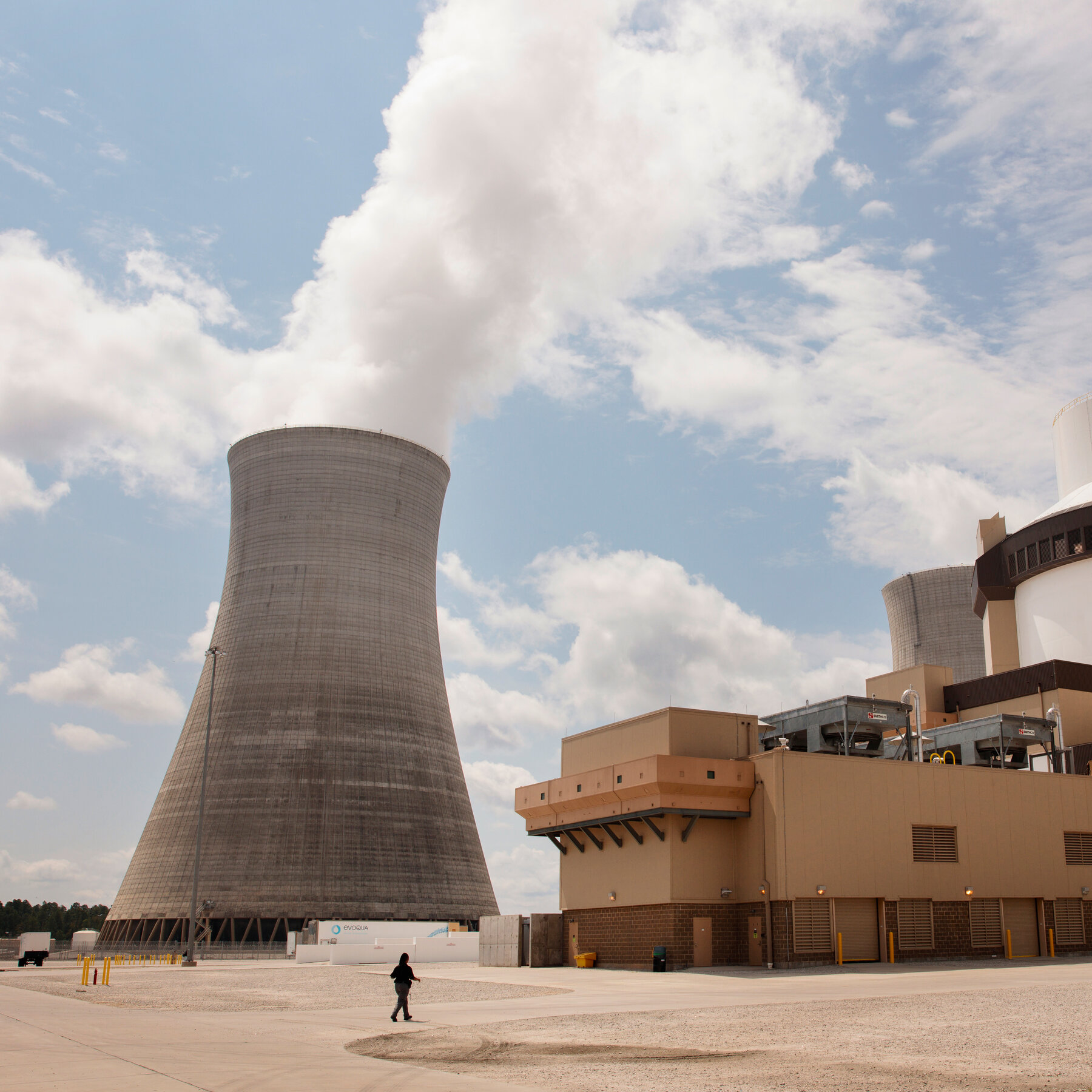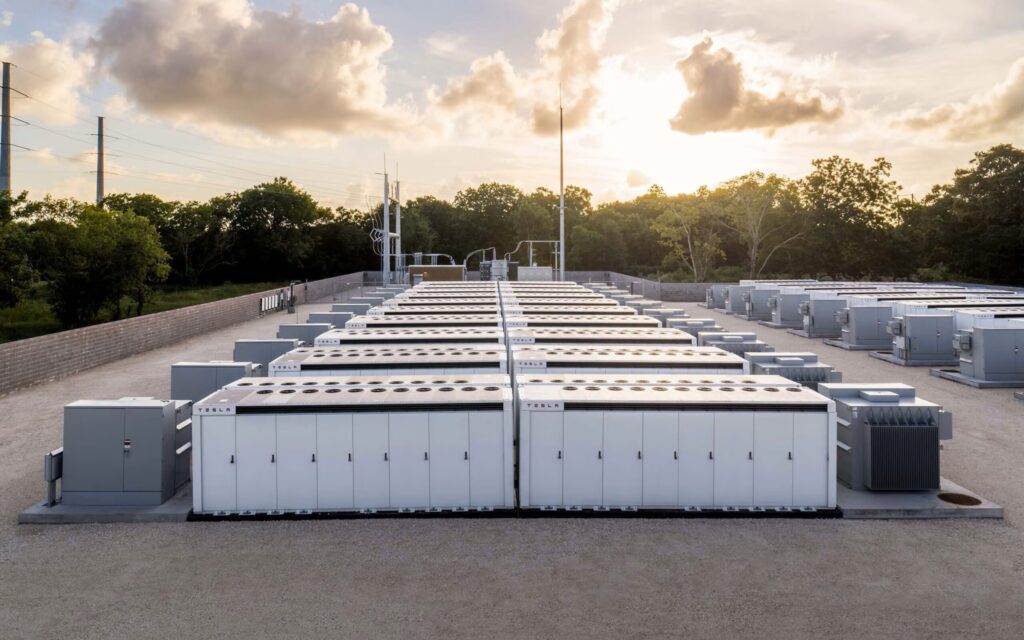The International Energy Agency (IEA) has forecasted that nuclear energy will achieve record-high electricity generation levels in 2025, underscoring its pivotal role in the global energy transition. With increasing investments and innovations in nuclear technology, the sector is expected to play a key part in addressing climate change and meeting growing energy demands.
Key Drivers Behind the Surge
Several factors are contributing to the anticipated growth of nuclear energy output:
- Global Decarbonization Efforts:
- Countries worldwide are ramping up their commitments to reduce greenhouse gas emissions. Nuclear power, with its ability to generate large-scale electricity without carbon emissions, is becoming a cornerstone of clean energy strategies.
- Renewed Investments:
- Governments and private sectors are making significant investments in new nuclear projects and refurbishing existing plants to extend their operational life spans. These initiatives are driving capacity expansion globally.
- Emergence of Advanced Nuclear Technologies:
- Innovations such as small modular reactors (SMRs) and next-generation nuclear designs promise greater efficiency, safety, and flexibility, making nuclear power more accessible and sustainable.

Regional Highlights
- Asia:
- China and India are leading the charge in nuclear energy development, with several large-scale plants under construction. These nations view nuclear power as essential for meeting their rapidly increasing energy needs.
- Europe:
- European countries, particularly France and the United Kingdom, are doubling down on nuclear energy as part of their long-term decarbonization plans. Investments in modernizing infrastructure are helping maintain nuclear’s prominence in the region.
- North America:
- The United States is extending the life of existing nuclear plants while supporting the development of SMRs, reflecting a renewed commitment to nuclear as a clean energy source.
Challenges to Overcome
Despite its potential, the nuclear energy sector faces several challenges that could impact its growth trajectory:
- High Initial Costs:
- Building nuclear plants requires substantial upfront investment, which can deter adoption, particularly in developing nations.
- Public Perception:
- Concerns over safety, waste management, and past nuclear accidents continue to influence public opinion and policymaking.
- Regulatory Hurdles:
- Stringent regulatory requirements, while essential for safety, can prolong project timelines and increase costs.
Implications for the Energy Transition
The IEA’s projections highlight the indispensable role of nuclear energy in achieving global climate goals. As countries transition away from fossil fuels, nuclear power offers a reliable and scalable alternative to complement renewable sources like wind and solar.
- Energy Security:
- Nuclear power’s capacity to deliver consistent baseload electricity makes it a critical component of a stable energy mix.
- Technological Synergy:
- Pairing nuclear with renewable energy systems can help bridge gaps in intermittency, ensuring a reliable power supply during peak demand periods.
Conclusion
With record levels of electricity generation on the horizon, nuclear energy is poised to solidify its position as a vital player in the global clean energy landscape. The sector’s growth reflects a broader recognition of its potential to address both environmental and energy security challenges, paving the way for a more sustainable future.
For more information, visit Semafor.





